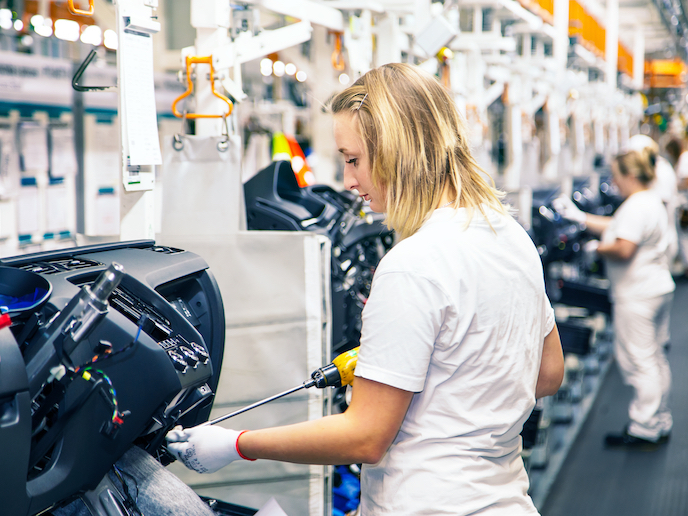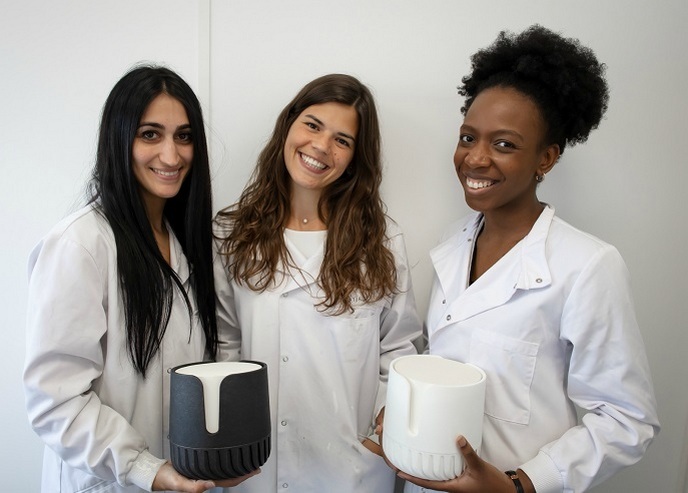Real-time positioning delivers smarter manufacturing
Suppliers – such as automotive component manufacturers – work to incredibly tight deadlines. Parts are manufactured to order, and assembly lines often have to be altered quickly and efficiently to produce new parts. “Suppliers can be responsible for thousands of parts, and changeovers can happen every 30 minutes,” says SUNSTONE project coordinator Laszlo Jakab, from OMTLAB in Hungary. “They often have a very small time window to get everything right.” Factories therefore need to know where all their assets are at any given time. These assets can include component parts, bespoke machinery and qualified personnel. Any mistake or inconvenience – a mislaid pallet or a bottleneck in production for example – can lead to delays in orders and significantly hold up production.
Indoor positioning systems
To enable such flexible manufacturing, Hungarian SME OMTLAB began developing an indoor positioning system around seven years ago. Outside, satellites can deliver increasingly accurate and precise positioning services. This however is not so easy to achieve indoors. The technology OMTLAB came up with is based on a real-time location system. This consists of electronic ‘anchors’ that detect ultra wide bandwidth (UWB) pulses emitted by UWB tags placed on equipment, or worn by personnel. These pulses are forwarded to a central server, which then accurately calculates positions. Anchors can be installed above assembly lines – a bit like a constellation of satellites – to provide detailed coverage. Another advantage is that the positional data collected can be exploited to achieve operational efficiencies. For example, assembly line managers can see where there are potential bottlenecks, or where delays are systematically recurring. “We launched our first pilot project four years ago,” adds Jakab. “We worked extensively with end users to make the system robust and reliable, to deliver exact positions in real time.”
Technological benefits for manufacturing
The EU-funded SUNSTONE project sought to bring the company’s prototype technology to market. This was achieved by upscaling production to meet end user demands, and developing a viable business plan. Maintenance and support infrastructure for customers was also built up. “A major aspect of the project was making our product scalable,” remarks Jakab. “For example, we can’t be everywhere to install the technology.” This was addressed by identifying viable international distribution partners, to help bring the technology to new regions. Unforeseen challenges included the COVID pandemic, which led to a number of factory shutdowns and delays. Nonetheless the project team was able to meet its objectives of taking the technology from pilot phase to commercial exploitation.
Beyond automotive suppliers
The success of the project means that the technology is now being used by a number of automotive manufacturing suppliers. “We started four years ago with a pilot prototype, and now have 10 commercial installations in Hungary alone,” says Jakab. “We’re now looking to expand across the region.” Next steps include developing a pan-European partner network, so that the company can sell and install its technology remotely. The company is also looking into opportunities beyond automotive suppliers. “We’ve identified potential in the fields of energy, mechanical component manufacturing and generic logistics centres,” notes Jakab.
Keywords
SUNSTONE, manufacturing, automotive, factory, logistics, RTLS, UWB







